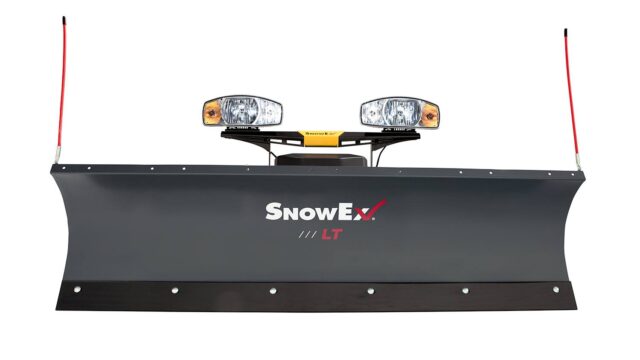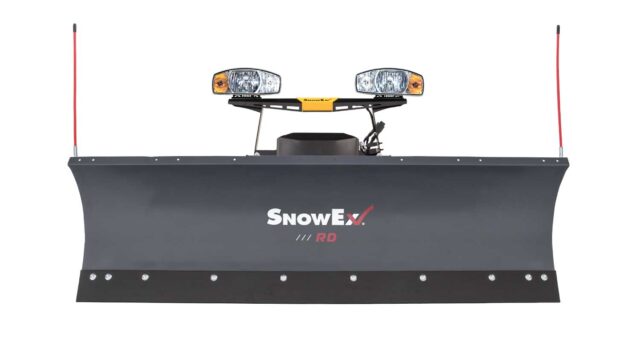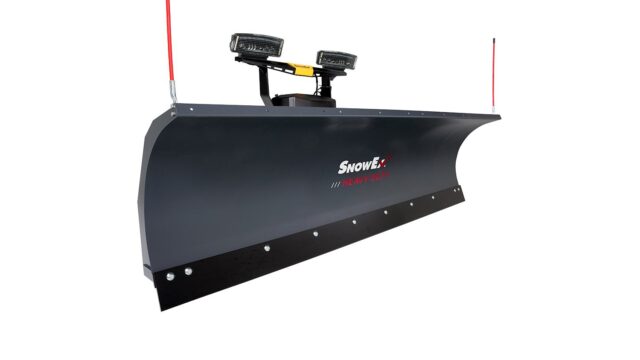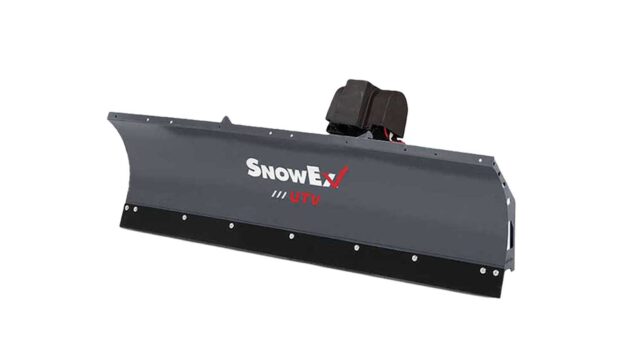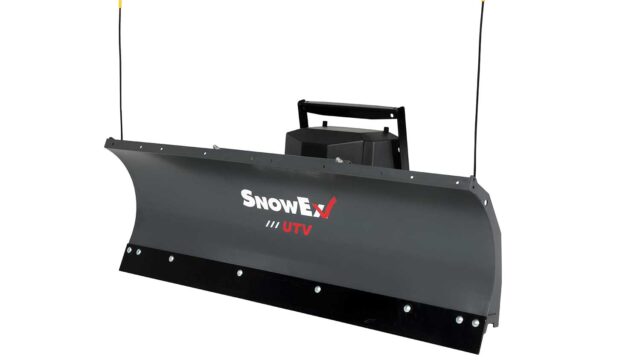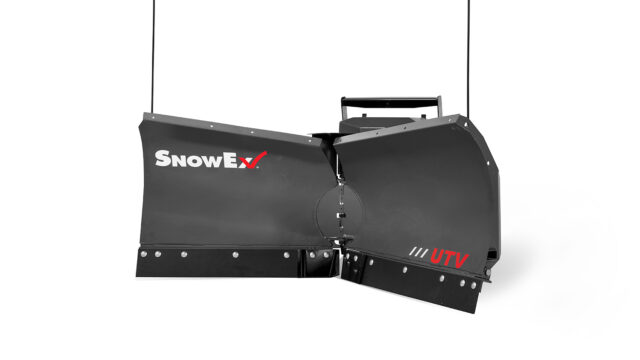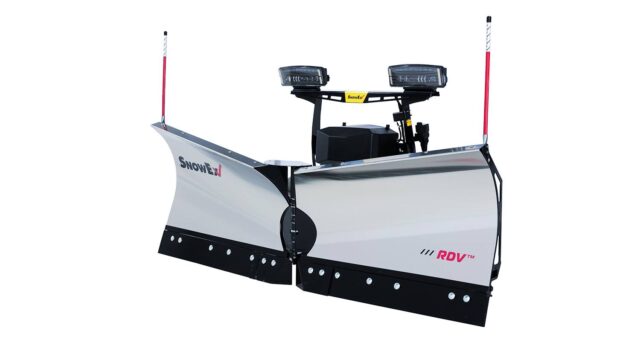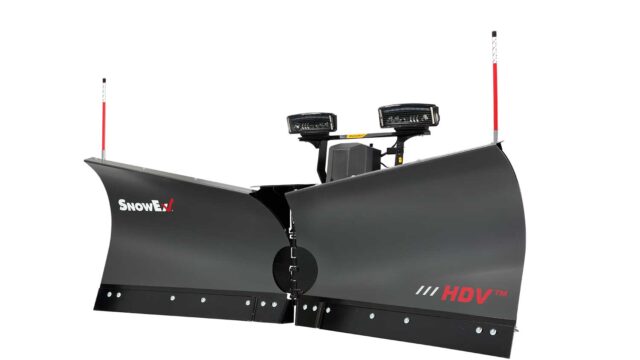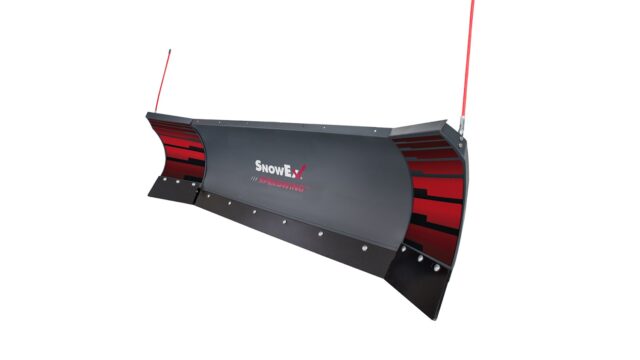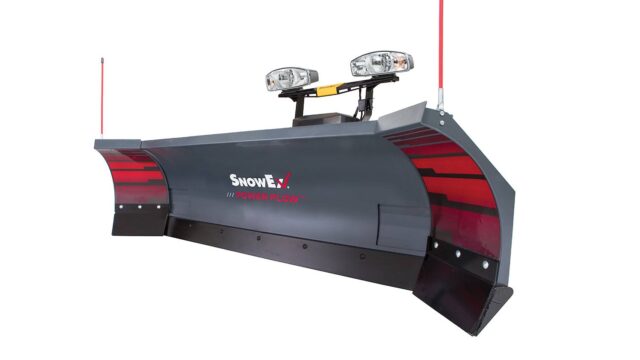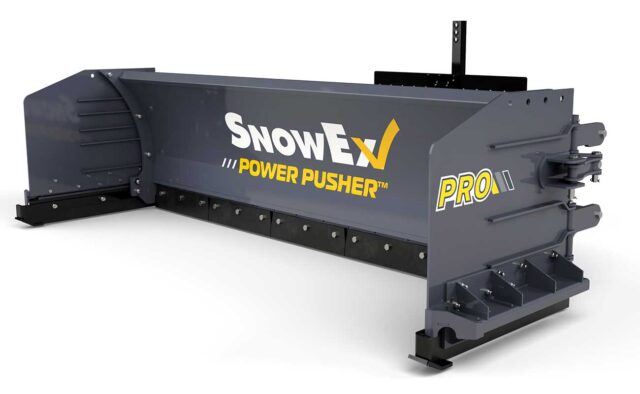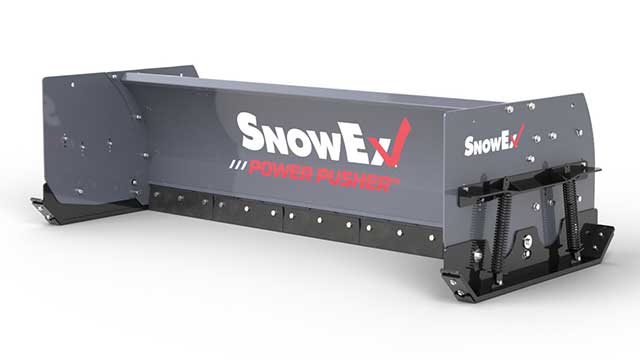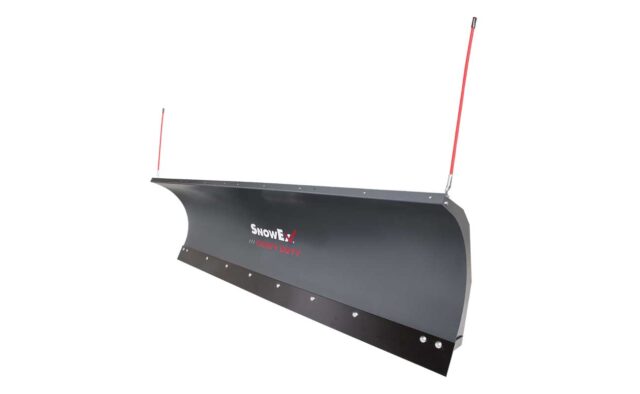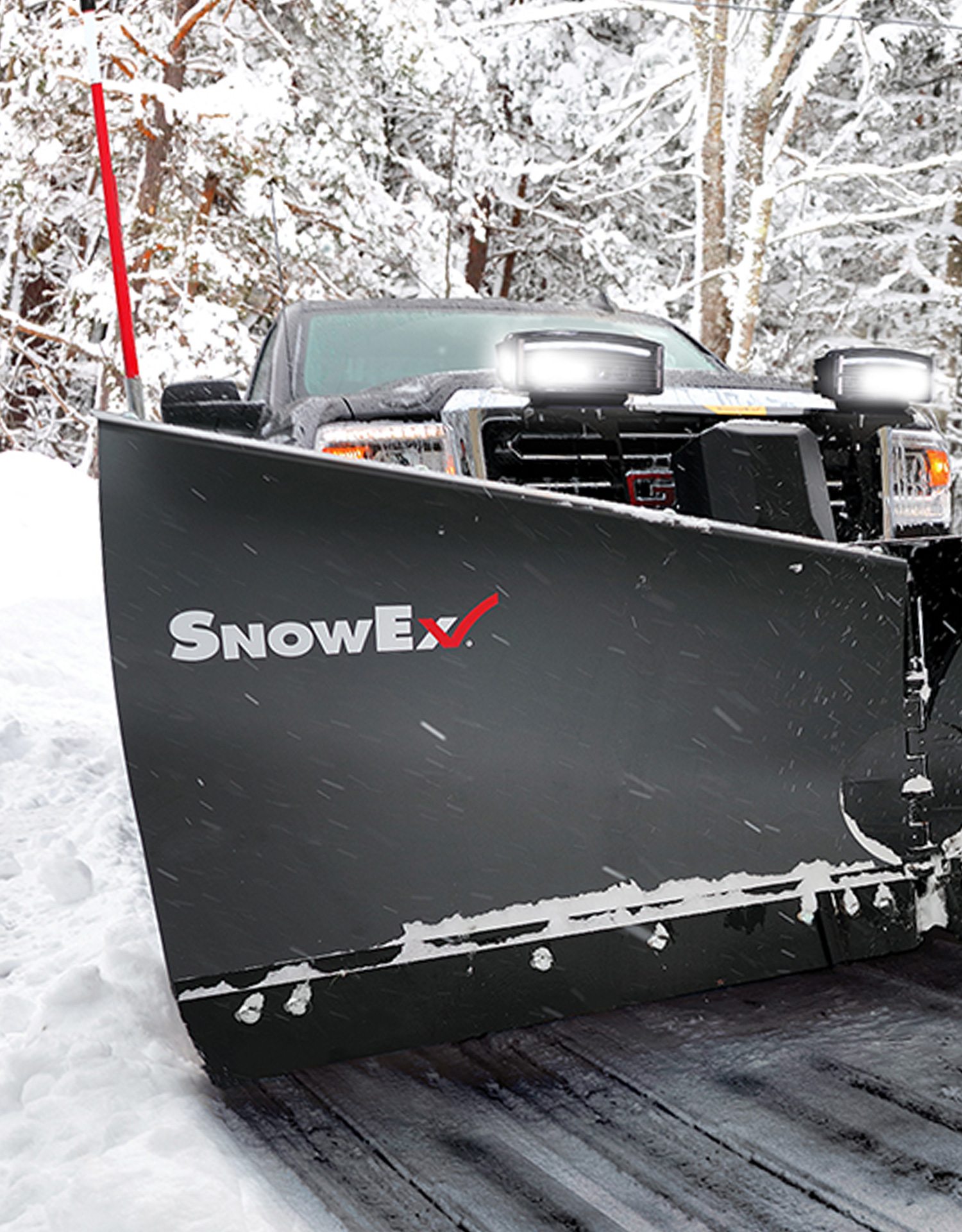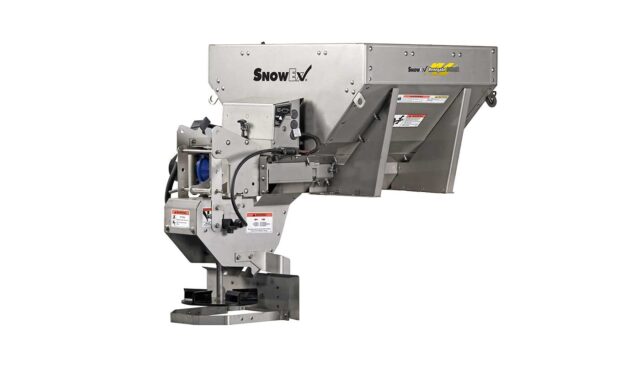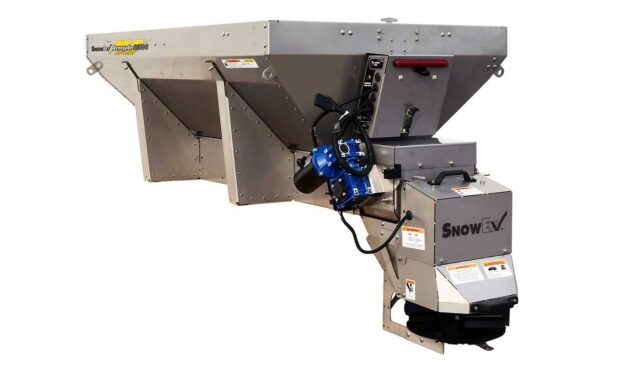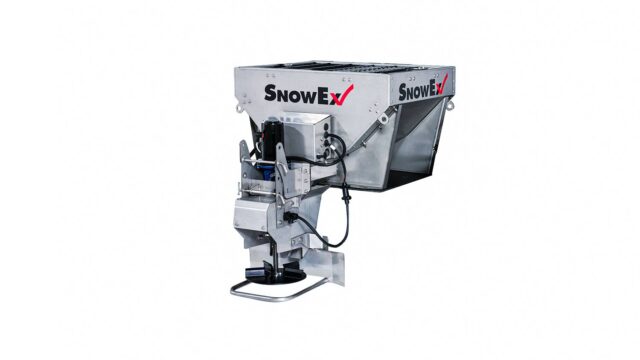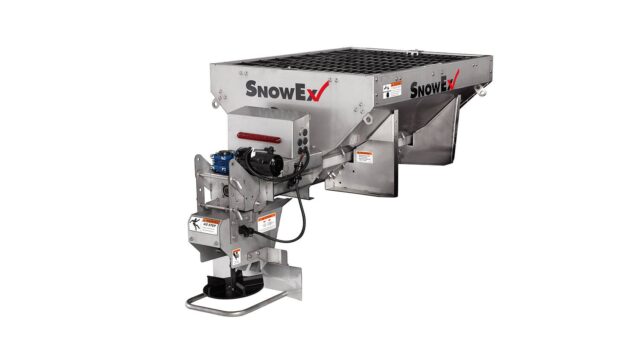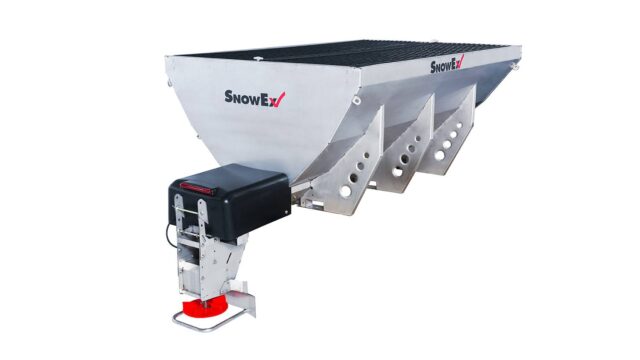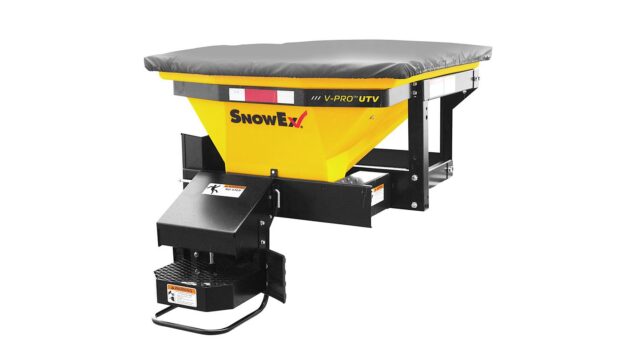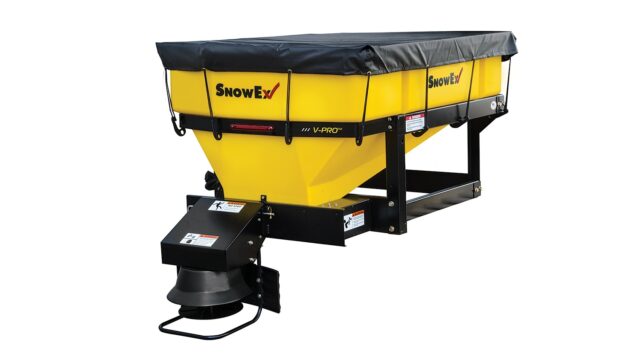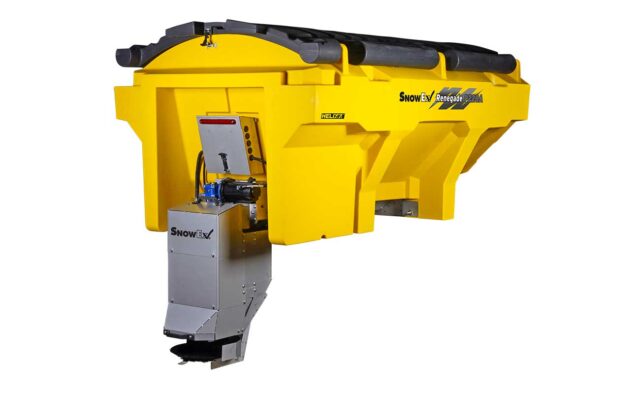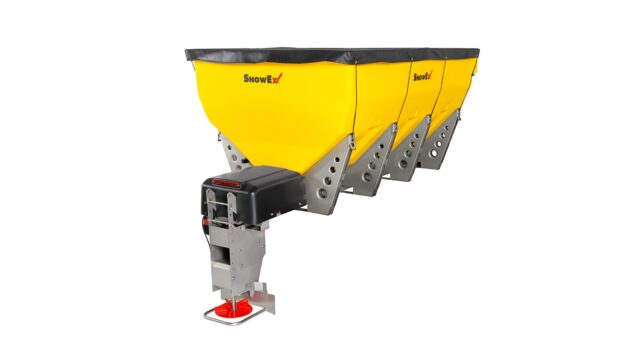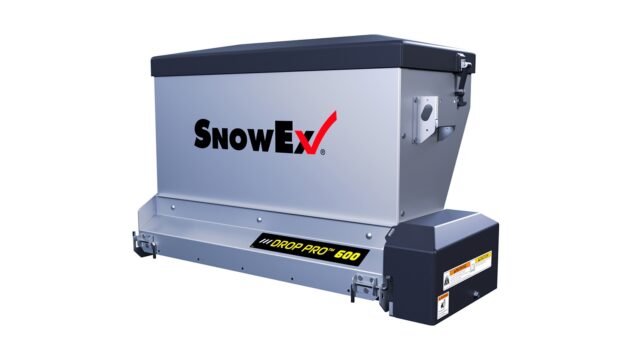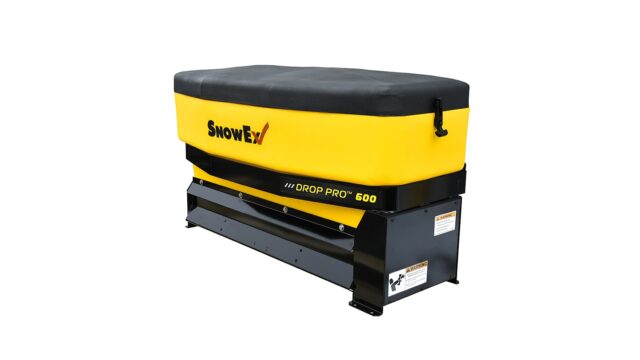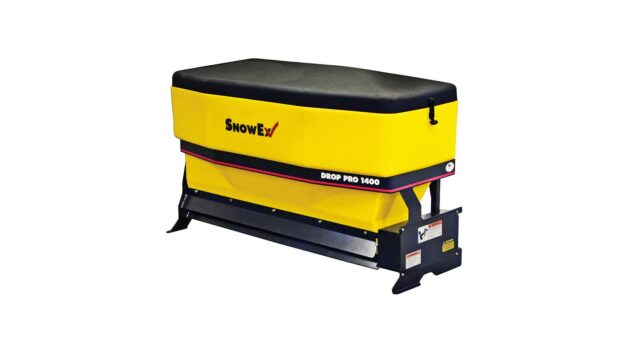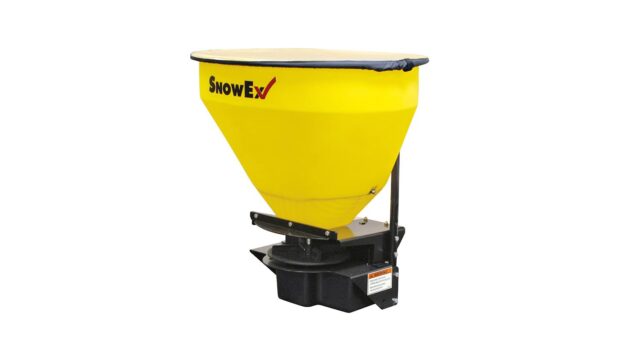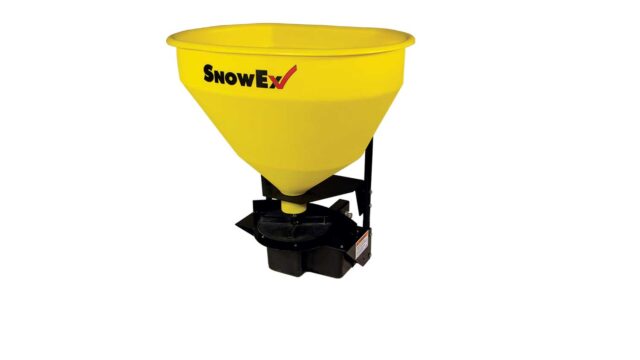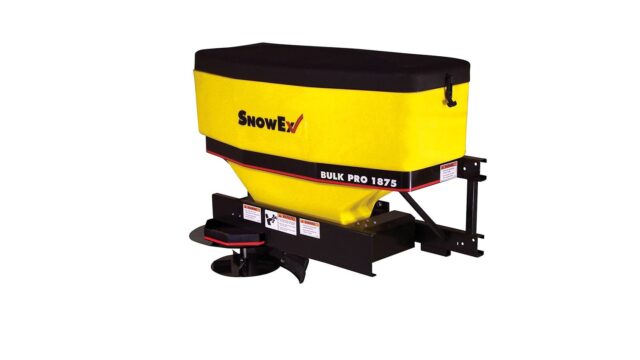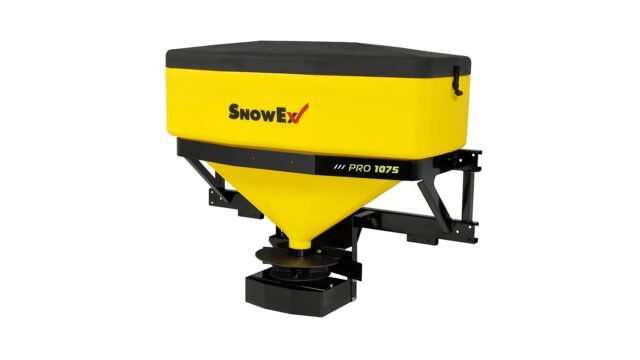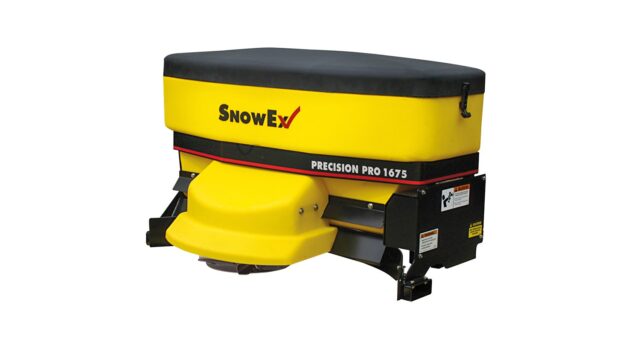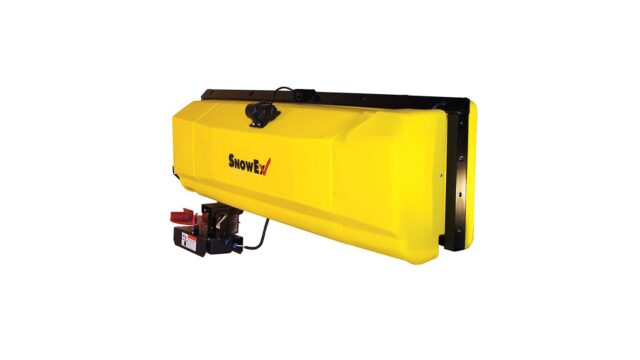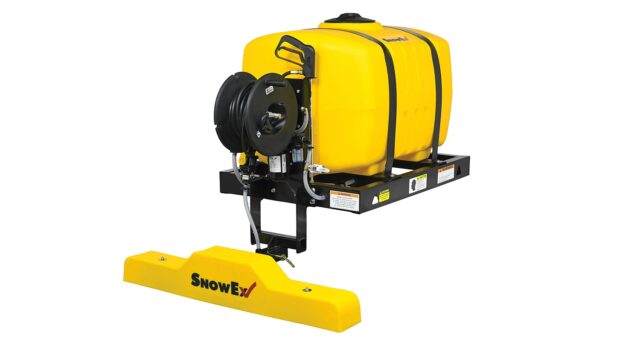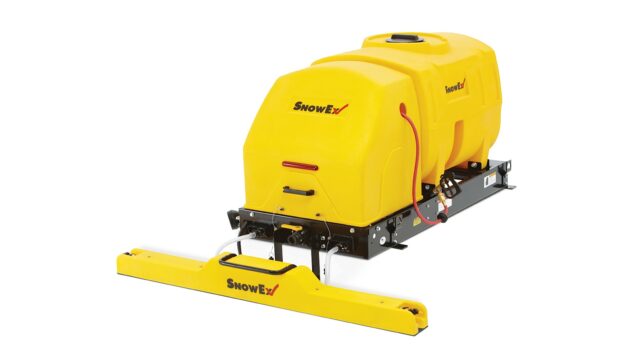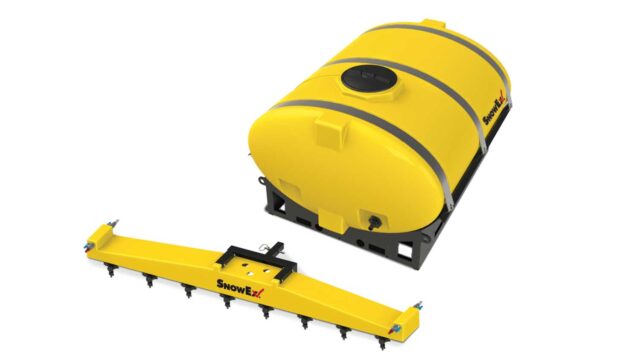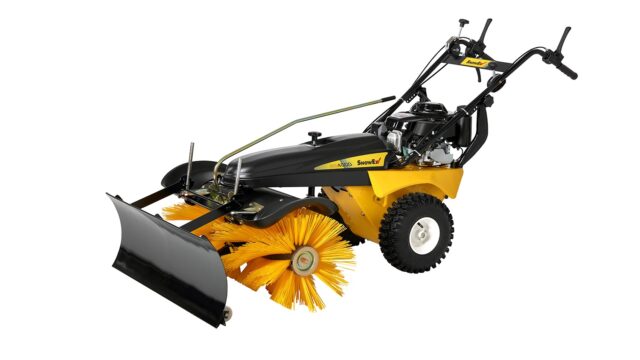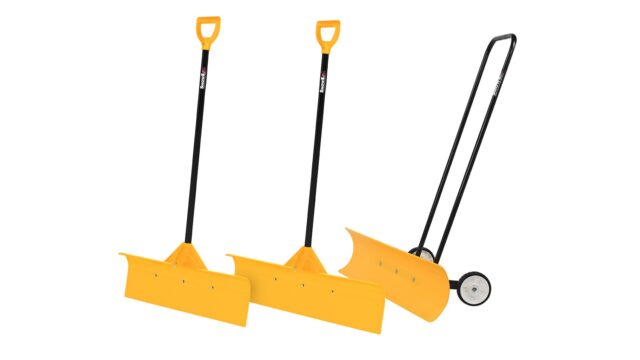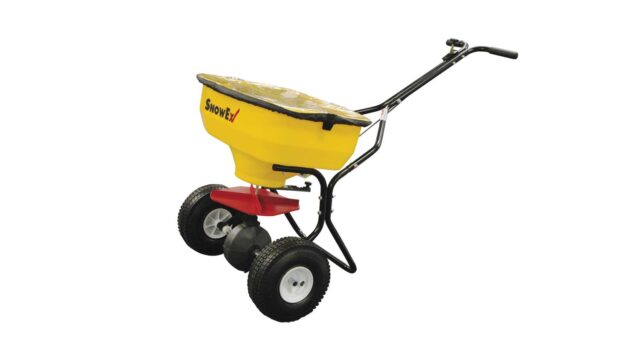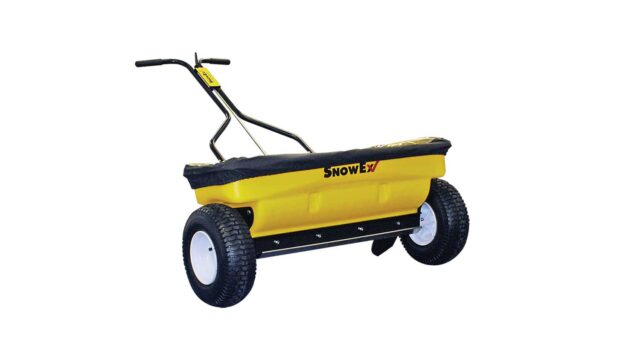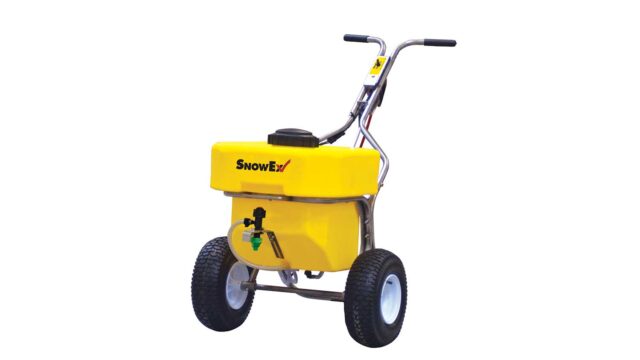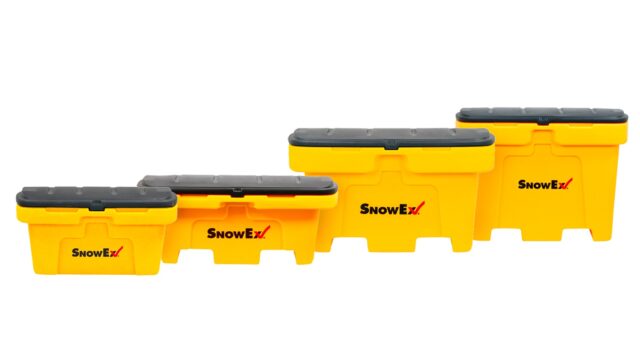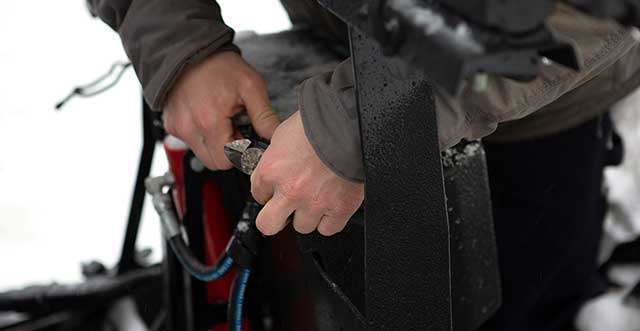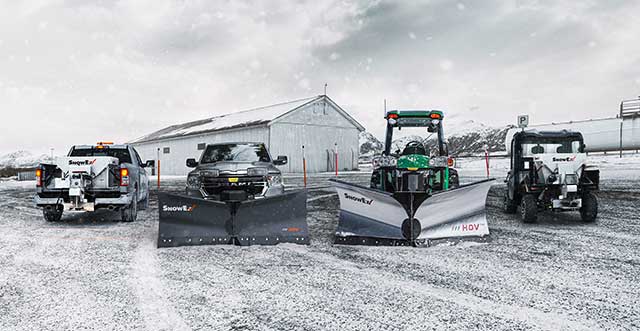Clearing Up the Top 4 Snow & Ice Control Misconceptions for a Safer Season Ahead
Created October 1, 2020
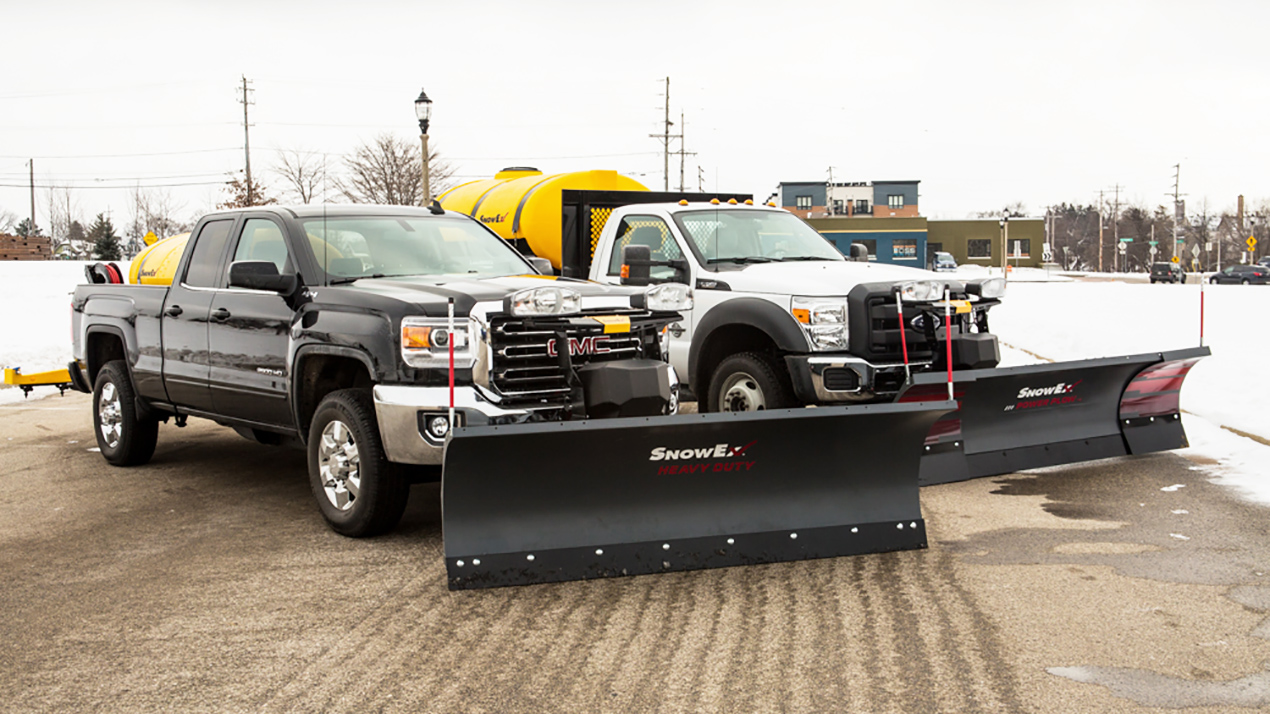
Get the honest truth straight from the experts at SnowEx® as we debunk the top four misconceptions about the snow and ice industry and provide some safety tips.
MYTH #1:
Snow Removal Should Be Performed at Night
On the surface, it makes sense that people assume snow removal should be completed at night because of the lack of cars and people. It is also more likely to snow at night due to the drop in temperature, but that doesn’t necessarily mean it’s the best time to plow. Waiting for the lot to be clear of cars and pedestrians could unintentionally pack down the snow from driving and walking over it. This will make the snow harder to scrape and more likely for ice to form. A better gauge is to work around snowfall patterns and understand the needs of the property type (which can vary).
Residential and commercial properties have very different needs that may depend on the clients’ morning/evening commute schedule, business hours or property requirements. Most residential properties understand that in order to only be charged once, their property will be taken care of within 24-hours post-storm. Commercial properties tend to be taken care of first to ensure the safety of their employees and customers. Some situations may require contractors to plow multiple times during an event in order to reduce wear on equipment or keep parking lots clear and safe during regular business hours. When nighttime plowing is needed, LED headlamps can make a huge difference in visibility with a full 180 degrees of light from plow edge to plow edge.
MYTH #2:
The More Salt, the Better
Salt is only as good as the environment it’s used in. Depending on the temperature and climate, salt doesn’t always work well on its own. Increasing the amount of salt used in these circumstances isn’t going to speed up melt time to achieve better results. Once it gets below 15°F, salt has a hard time melting ice without moisture in the air and either needs a pre-wet system or ice melt additive to activate it.
Over salting can also create an uneven surface, inadvertently creating a slip and fall incident. Property damage to asphalt and entryway flooring is also possible when salt is tracked indoors. Due to the toxic nature of salt, excess salting can have a negative impact on the environment and water supply, which is why alternative solutions like brine sprayers and pre-wet systems are becoming more popular.
MYTH #3:
You Can Use Warm Water to Deice
Although it might help for a short period of time, once the temperature drops, that area that was treated with warm water will become a danger zone as soon as it refreezes. The only type of liquid you should be applying to your property is liquid brine. This anti-icing technique is salt dissolved in water that is sprayed onto properties prior to a storm. This process avoids ice from bonding and sticking to the pavement, allowing for a much cleaner scrape and end result. This process is very common for municipalities taking care of roads and highways but is starting to become more popular among residential and commercial properties.
MYTH #4:
If You Are Deicing, There’s No Need to Plow
Salt and chemical deicers are only an aid, not a complete solution to the problem. At 23°F it takes 3,000 lbs of salt per lane-mile to melt 1” of snow—so it’s not a very efficient solution. If the snow is not removed prior to laying down salt, it will create a slushy mess that can actually be more dangerous than ice. It’s best to remove as much snow as possible and then clean up the rest with salt to achieve cleaner pavement. The other issue with taking a deicing only approach is that salt barely works in extreme cold temperatures so it would not be a productive way to remove snow. SnowEx offers plow and spreader solutions that work in sync for most vehicle types, including UTVs.
SAFETY TIP:
Proper Etiquette When Interacting with Other Plow Vehicles
Plow drivers need room to work since they typically have limited sight distance and can’t easily maneuver at the last minute. Snowplows are designed to push snow to the right, out of traffic. If you attempt to pass the municipal service vehicle, you could actually cause damage to your vehicle from rocks, ice and other debris. Share the road with others and respect the working area.
If you must pass a municipal plow or salt spreader, it should be handled with extreme caution since visibility is diminished when it’s snowing. Having a winter service vehicle in front of you should be seen as a gift—they clear the road for you and provide illumination so you can safely see ahead and move onto the next job.
Now that we’ve debunked the most common snow and ice control misconceptions, you can see the main priority for winter contractors is to make the world a safer place. This doesn’t occur by accident—it’s normally a blended approach created for each individual property.
